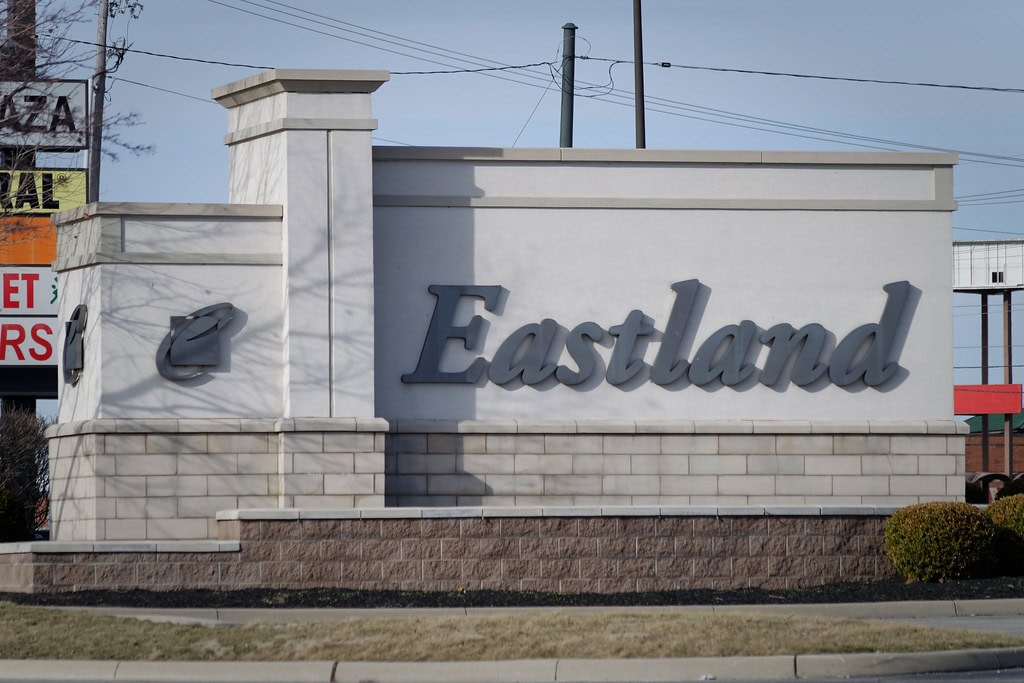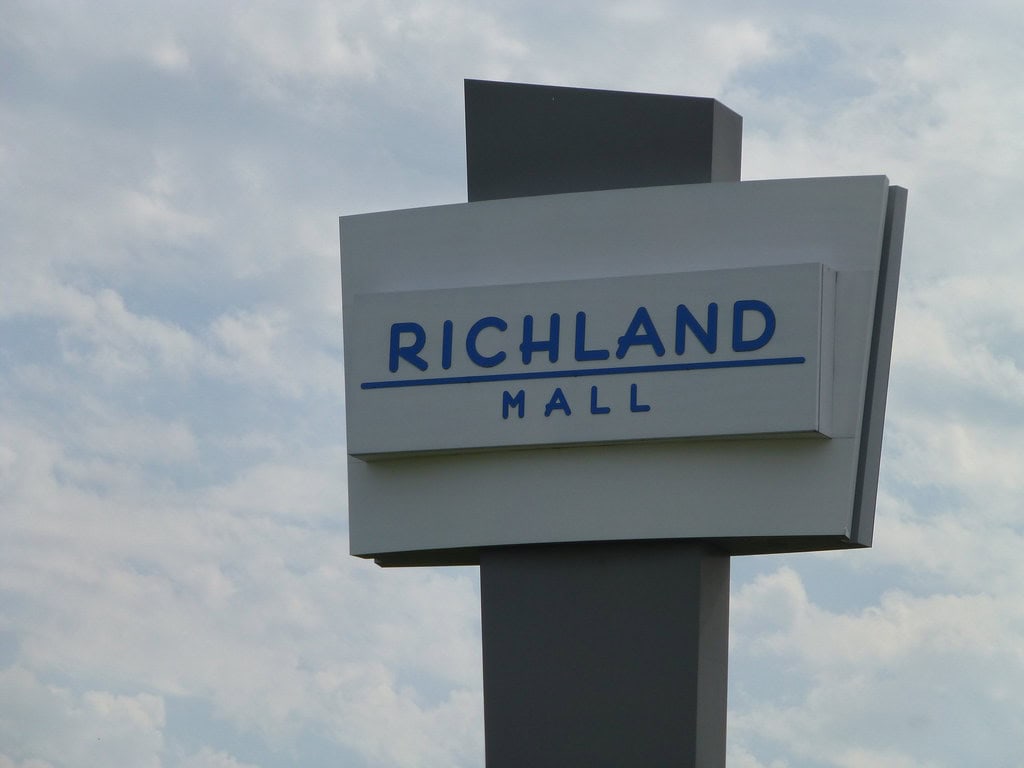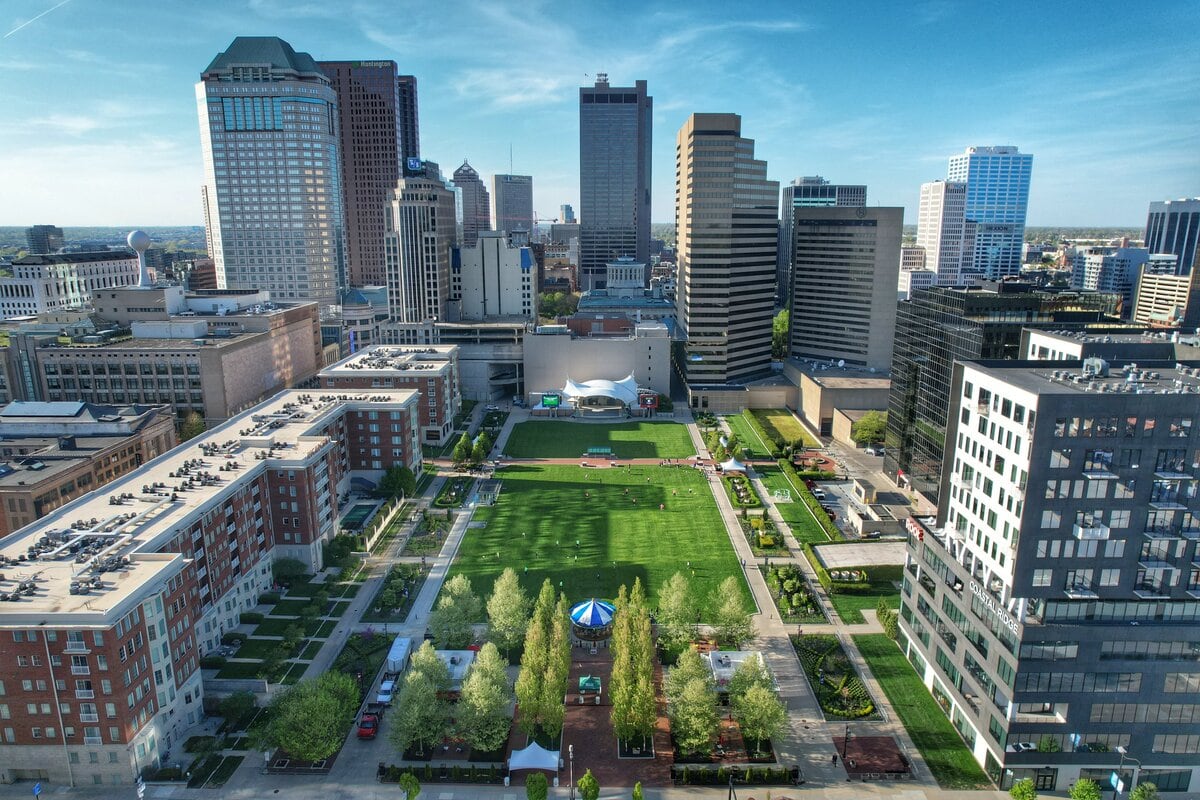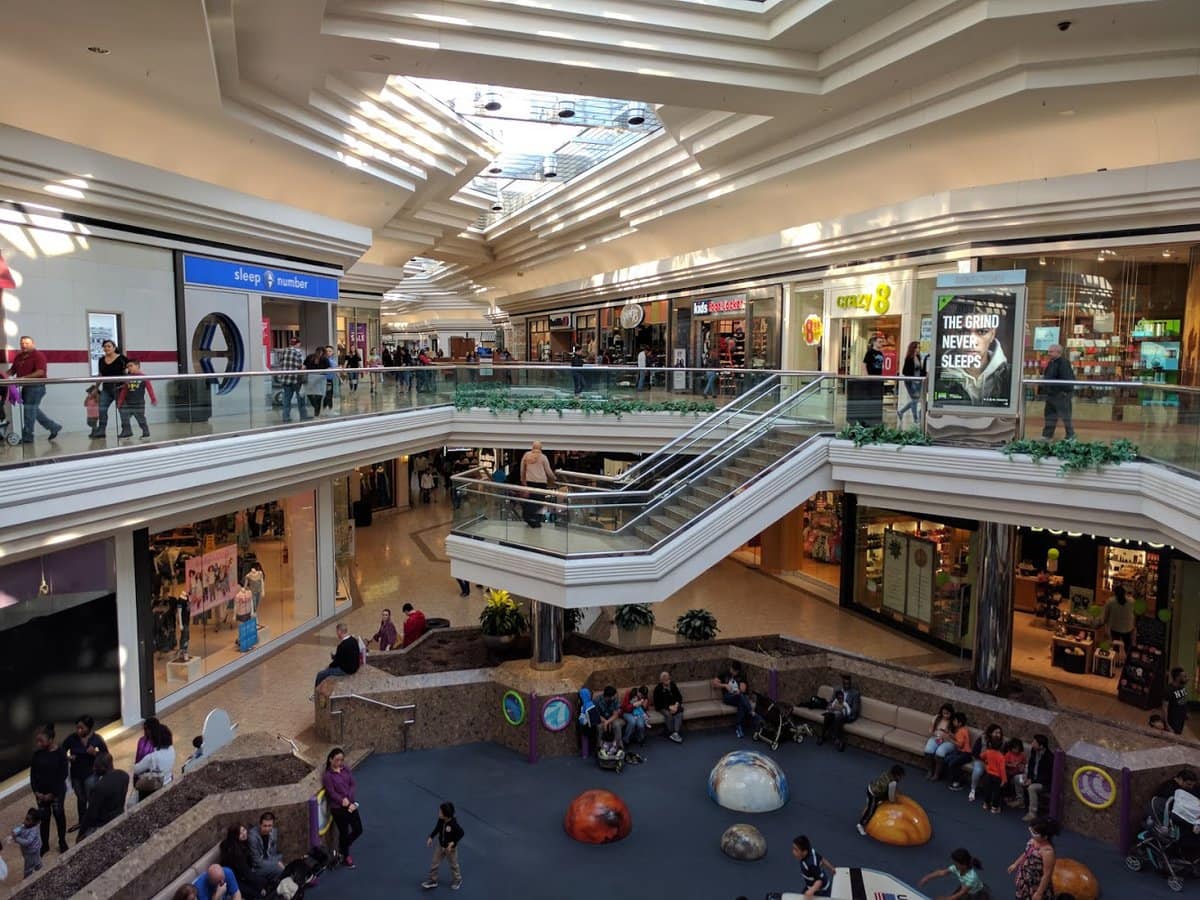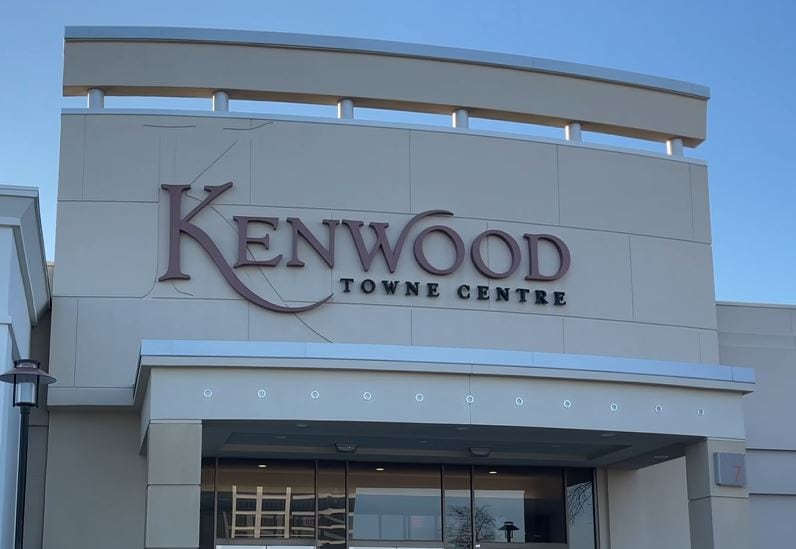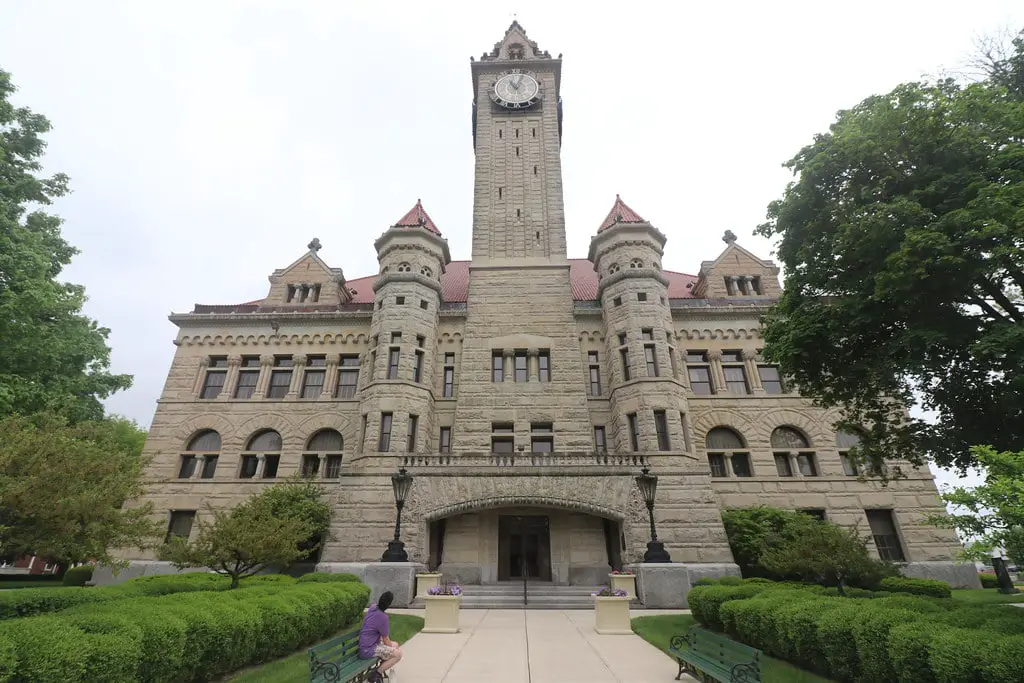Westland Mall: Where Columbus Once Gathered
Before demolition crews arrived, before the casino across the road, Westland Mall watched generations wander its tiled halls. Even now, some locals can name every anchor: Sears, Lazarus, Penney's, Woolworth.
There's a way the old parking lot curves, still faint under new weeds, that once set the stage for back-to-school shopping and car radios turned up on summer nights.
Some memories are architectural, a fountain, a plastic plant, a map behind scratched plexiglass; others are more elusive, like the way the place seemed both anonymous and personal at the same time.
Retail Promises, Stalled Starts
In February 1961, Nationwide Development Company called for Lincoln Center, plotted just off West Broad.
A mall anchored by Sears and Lazarus, right beside the Nationwide Inn, was to start construction that fall.
It never did. The Big Bear supermarket opened at Lincoln Village Plaza instead.
Lazarus managed a freestanding store by '62, but what about the rest? Quiet.
Seven years slipped by before crews poured the footings for what finally became Westland Mall, its 860,000 square feet coming together in winter 1969.
The Richard E. Jacobs Group directed the project.
Early tenants didn't wait: Harvest House Cafeteria, Merle Norman Cosmetics, and the Sears Auto Center, each flickering to life in late '68 as workers still finished out the concourse.
When the mall finally opened, it didn't need fanfare.
It had anchors, Sears, Lazarus, Penney's, Woolworth, each one planted there as if they'd always belonged.
The parking lot filled itself. The city found another reason to linger on that side of town.
Enclosure, Expansion, and the Late-1970s Surge
Westland Mall didn't freeze in its first form. By 1982, construction crews showed up again, glass and steel arriving in panels, closing the open air.
An enclosed mall for Columbus, suddenly, shoppers no longer judged their visit by the wind or rain.
A new entryway, space for more tenants, and a little extra promise for retailers who liked the sound of steady, climate-controlled foot traffic.
Sears grew in its own way.
The upper floor, once racks of housewares and clothes, went quiet, converted in 1987 into office space for Discover credit card operations, call centers, paperwork, the kind of work nobody came to the mall to see.
The same year, fall brought Chi-Chi's to the north entrance.
Mexican food by the faux palms, margaritas on Fridays.
Woolworth's closed in January 1994. It didn't make the front page. Some old-timers probably shrugged and said something about chain stores and change.
By summer, the space had new tenants: Staples, facing the parking lot, and Footaction USA, peering back into the concourse.
The rhythm of Westland's life is already leaning toward adaptation, learning to make do.
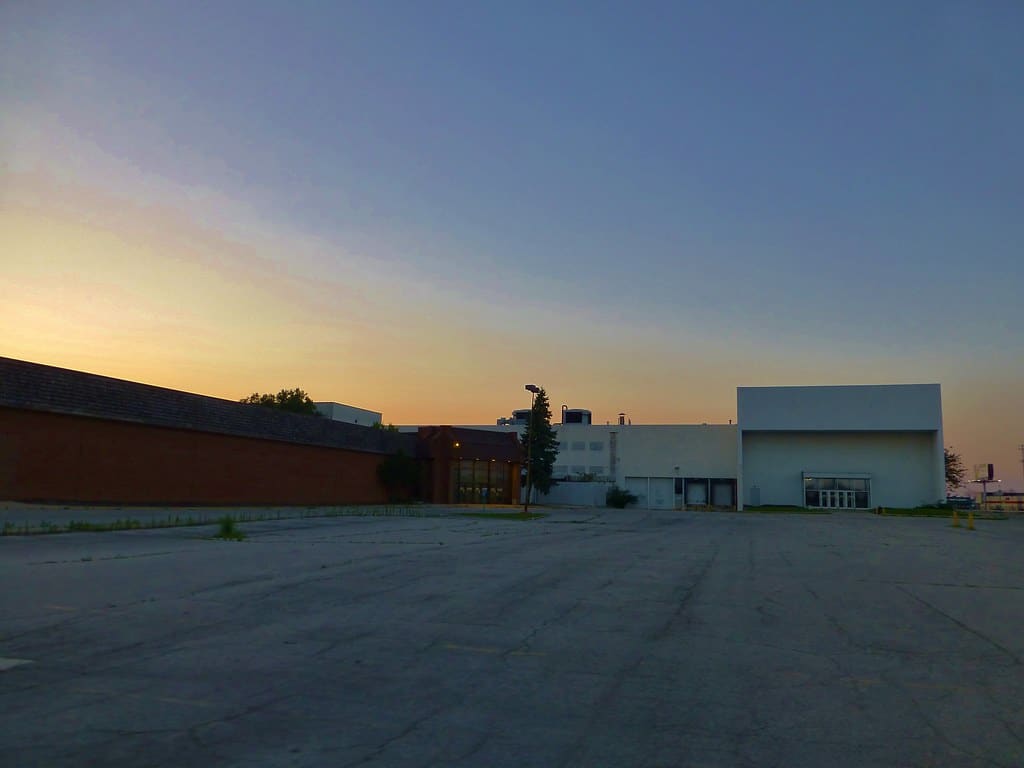
Losing Ground, Tuttle, Tenant Exodus, and Bazaar Days
Something shifted after 1997. The Mall at Tuttle Crossing opened and drew a river of cars north, pulling shoppers with it.
JCPenney saw the writing on the wall and left its original post for Tuttle, and others, Express, The Limited, were quick to follow.
Big brands followed the money, leaving small shops to fill the gaps.
Ownership changed hands in 2003. Kashani, already busy with North Towne Square up in Toledo, bought Westland Mall and tried a different formula.
The bazaar concept: specialty shops, arts and crafts, a karate school, and a used bookstore stacked with paperbacks, with no chain bothering to stock.
It was a patchwork, sometimes lively, often quiet.
Meanwhile, Lazarus tried rebranding as Lazarus-Macy's in 2003, then Macy's by 2005, but shut down for good by 2007.
By that point, most of Kashani's new tenants were gone, too.
The old mall's bones remained, but it was starting to sound hollow.
Ownership Swaps and Redevelopment That Never Came
The years after Macy's emptied out were heavy with half-starts.
Menards circled the property in 2008, blueprints ready for a new open-air center, then backed away as the economy slumped.
For a while, the mall felt like a set piece waiting for action.
Security patrolled the lots, but mostly, the space stayed quiet, with a few leftover storefronts hanging on out of habit or hope.
The Hollywood Casino opened nearby in 2012, neon bright, pulling attention down the road.
Developers talked about new shopping centers, but the only demolition came on paper.
Sears held its ground a little longer.
By June 2017, even that was coming to an end, leaving the mall shell mostly vacant, except for events that felt almost improvised, weapon shows, a sheriff's branch, and pop-up bazaars.
Nobody walked the length of the concourse without glancing at empty windows.
LGR Weston picked up parts of the property in 2019.
Announcements about Weston Town Centre, another mixed-use project, landed with the usual renderings and talk of synergy with the casino.
The former JCPenney became a gathering space for weekend events, reminders of the crowd the mall once held without trying.
New plans, but the old roof still leaked when it rained.
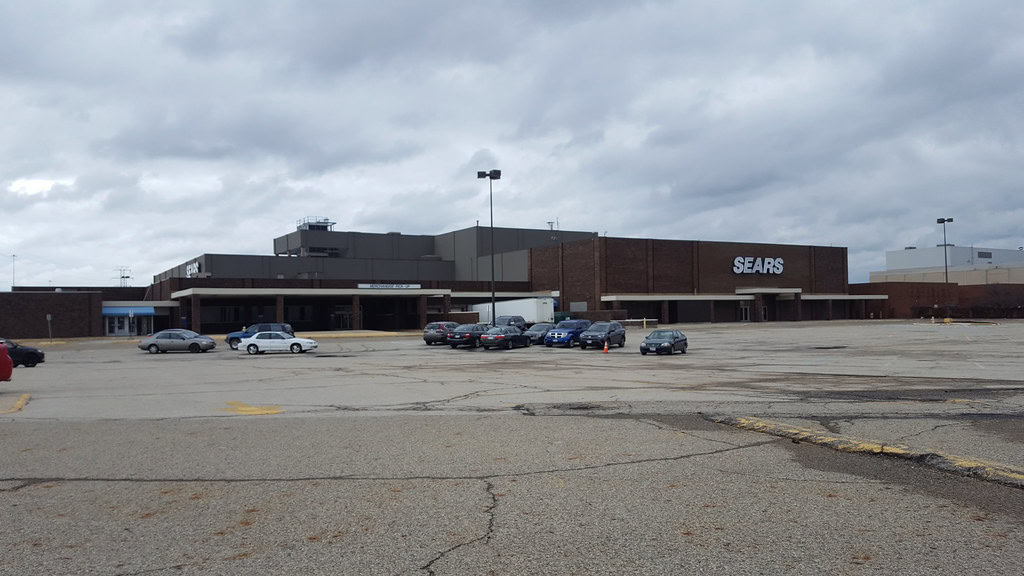
Last Lights Out, Vacancy, Security, and Demolition Crews
By early 2023, Westland Mall felt less like a relic and more like an absence.
The Macy's building went first, and demolition crews took it down piece by piece in August.
Asbestos removal came next, and the whole site was under watchful eyes and fences.
October brought more machines and more walls tumbling.
Every time a structure fell, a little more of the map disappeared, no chance for accidental nostalgia in the dust and concrete.
Sears' own building came down in May 2024 after contracts with the weapon show folks expired.
The auto center, NTB, and what was left of JCPenney stayed standing, marked for whatever comes next.
Governor Mike DeWine had already promised more than twenty million dollars for revitalization.
Still, most days, the only real activity came from the trucks hauling away debris or a lone security guard circling the perimeter.
People sometimes drive past, maybe just out of habit, sometimes to see what's left.
For decades, Westland Mall was a small entry on the mental list of things to do in Columbus, Ohio.
Now it's a construction site, one more blank to fill in.
At the edge of the property, signs warn off trespassers.
Surveillance runs around the clock, but most nights, only headlights and wind touch the emptiness.
The lines of the original mall layout show up best after rain, a faint pattern, fading a little more every season.
The Next Pitch, Redevelopment, Promises, and Plans on Paper
Now, the future comes as another round of proposals and renderings.
LGR Weston's vision: Weston Town Centre, mixed-use, tied to the casino across the road, modeled on the city's east side counterpart.
April 26, 2019, Plans were announced, and graphics were circulated.
Each image promises retail, housing, green spaces, and a cluster of new buildings with clean edges and sunlight.
Plaza Properties, LGR's sister company, is on deck to manage demolition and, maybe, construction.
Plans for the old mall's footprint have sharpened with the introduction of The Caravel, a 234-unit apartment complex for residents 55 and older, set for a 7.5-acre corner where the movie theater used to sit.
Kittle Property Group is developing the project, spreading three four-story buildings across the site, each with open-plan apartments, porches or balconies, and fully accessible options for residents with ADA needs.
Fitness rooms, libraries, a dog park, and support services from Homeport are part of the blueprint, aiming to give the west side's seniors something steady and new.
However, most of the change is measured in what's missing.
The lot's wide and open, and there are no more drifting teenagers or holiday crowds.
The only thing moving fast is the promise that, soon, the story might turn again.
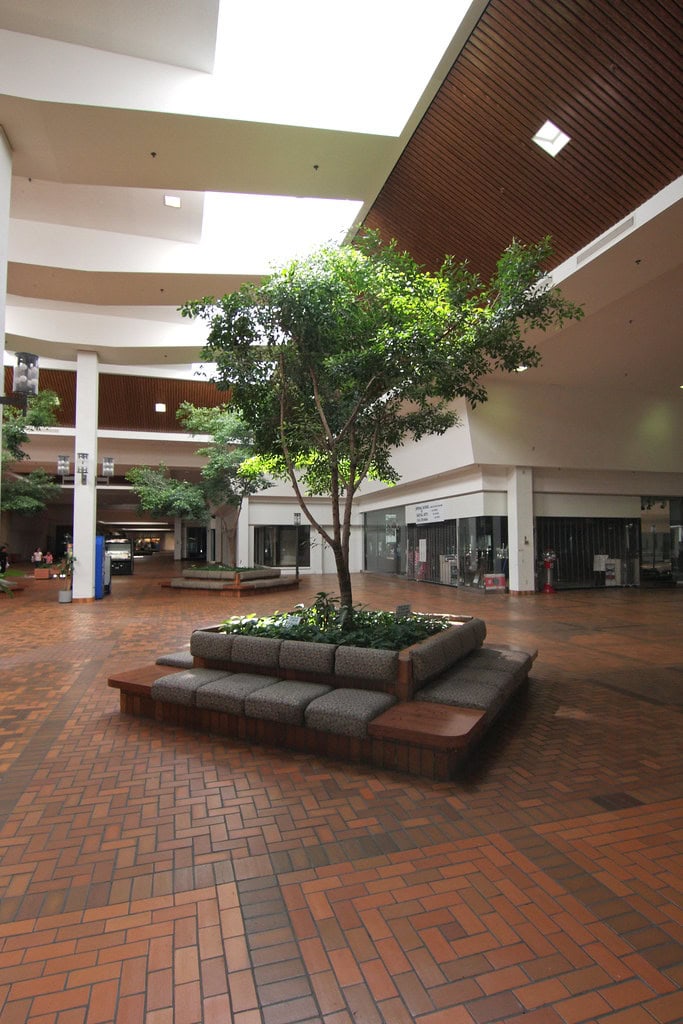
🍀


